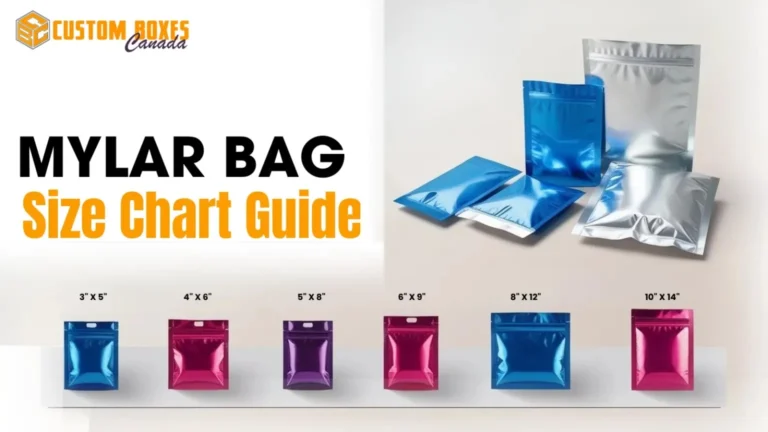Measuring a packaging box correctly is crucial to ensure product safety and cost efficiency. When dealing with custom packaging, accurate measurements prevent potential damage to products during shipping and storage. While the process seems simple, precise measurements are essential, especially when considering materials and box dimensions, as they directly impact packaging costs.
Why Accurate Box Measurement Matters
If a box is just the right size to house a product, it ensures better safety. The impact of delivery on the product’s integrity is minimized when housed in a well-measured box. Accurate measurement not only helps in reducing packaging costs but also enhances product safety during transit. If you’re wondering how to measure a box correctly, this guide will walk you through the steps.
Step-by-Step Guide to Measuring a Box
1. Measure Internal Dimensions
Start by measuring the internal dimensions of the box. Use a measuring tape or ruler to measure the length, width, and height from inside the box. This ensures accuracy since the internal dimensions reflect the actual space available for your product. Here’s the standard order for measuring a box:
- Length: The longest side of the box, measured from a vertical view.
- Width: The shorter side when viewing the top from a vertical direction.
- Height: The side at a right angle to both length and width.
2. Importance of Internal Dimensions
Always use internal dimensions when measuring a box. Industry standards prioritize these measurements because they provide a more accurate reflection of the space available. This practice helps prevent packaging flaws and ensures that the product fits snugly, reducing movement during transit.
3. Volume Calculation
Once you’ve measured the length, width, and height, the next step is to calculate the volume. The volume of the box is a critical factor in determining how well the product fits inside and affects manufacturing costs. The formula to calculate volume is simple:
Volume = Length x Width x Height
This calculation helps you understand the housing and delivery process better and ensures that you’re using the right amount of packaging material.
Why Not to Use External Dimensions?
Using external dimensions might seem easier, but it can lead to inaccuracies. External measurements don’t account for the thickness of the box material, which can result in mismatched sizes and potential packaging issues. Internal measurements are more reliable and are recommended to avoid any packaging errors.
Types of Boxes and Their Dimensions
Here are a few examples of different types of boxes with varying dimensions:
- Corrugated Carrier Box
- Display Box
- Match Slide Rigid Box
- Corrugated Box
- Folding Carton Box
Custom Packaging: Enhancing Your Brand
In today’s competitive market, staying ahead with innovative packaging solutions is essential. Custom packaging not only secures your products but also boosts your brand image. At Custom Boxes Canada, we offer a wide range of unique designs, colors, and styles to help your business stand out. Our design team stays updated with market trends, ensuring your packaging remains fresh and relevant.
Ready to elevate your packaging? Contact Custom Boxes Canada and explore our diverse collection of packaging solutions. Let us help you create packaging that speaks volumes about your brand.









